25 Cool Things to Look at Under a Microscope (With Pictures)
Last Updated on
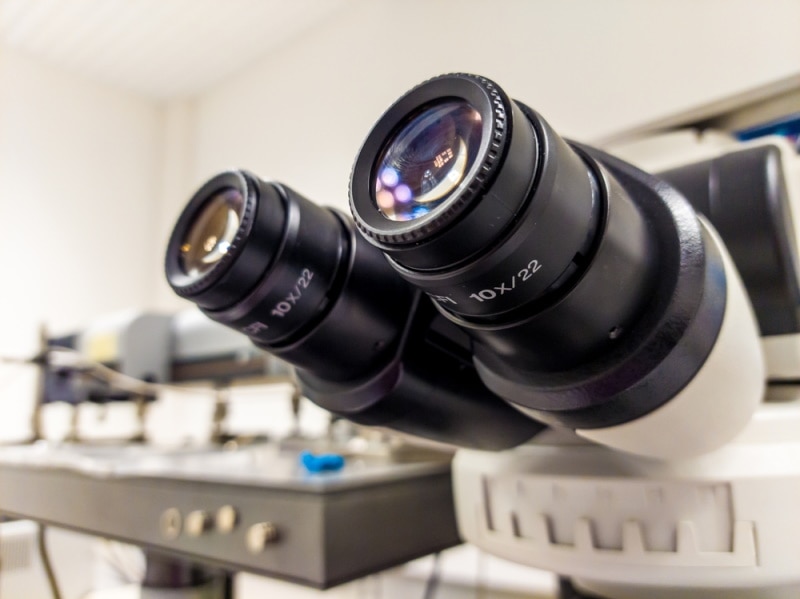
There is so much in our world that we can marvel at but rarely do we stop to admire the everyday things that are a part of our lives. Sometimes the most common and mundane objects can hold a beauty we are unaware of. It’s refreshing to change perspective and leave this busy, chaotic world behind, even if just for a moment, and one way to do this is by changing the way we see things. With the help of a microscope, we can zoom all the way in and change our world for a fleeting moment.
We have created a list of cool things to look at under a microscope. While they may seem odd and boring, once you zoom in, they will be a treat for your eyes and a shocking new perspective on something so ordinary.

The 25 Cool Things to Look at Under a Microscope
1. Cheek Cells
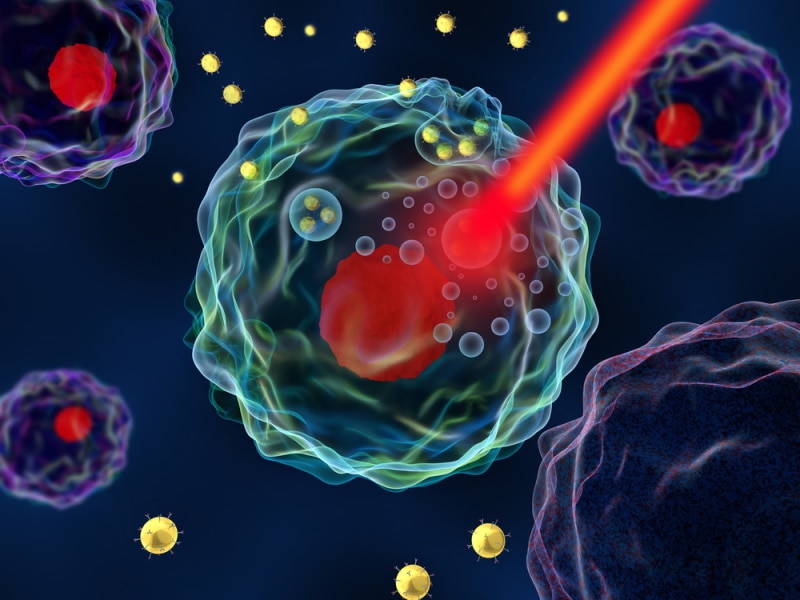
The inside of your cheek is something your tongue contacts every day, yet we never really give it any thought. Our cheeks are constantly at work while talking, smiling, and chewing, and the cells are regularly shedding, making them an easy specimen to examine. Using a cotton swab, you can gently scrape inside the cheek and smear the cells onto a slide. You will notice its nucleus and cell membrane.
2. Eggshell Membrane

If you have ever cracked an egg, you probably noticed the thin film that lines the eggshell. This is a protective coating that protects the egg from bacteria. It’s made partly made from keratin and is very strong. Keratin is the same protein found in human hair; under the microscope, it can resemble strands of hair with its web of keratin fibers.
3. Pollen
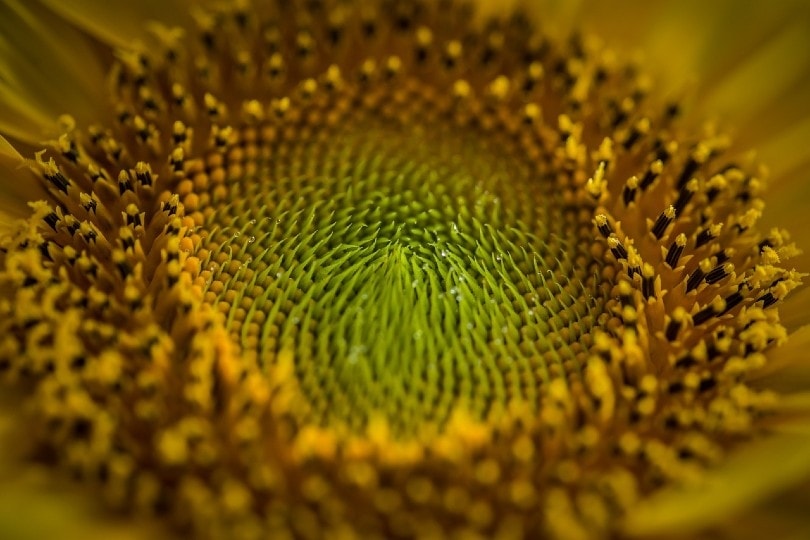
Pollen is produced by the stamens of plants and transported for pollination by insects, like bees and wind. One single pollen grain contains two cells in a hard shell. Pollen can look like pale fine dust to the naked eye, and under the microscope, it may appear oddly shaped with a somewhat scaly surface. It can almost look like beautiful, rare stones, depending on the pollen’s plant.
4. Mold

Mold is an excellent example of something seemingly gross that can be pretty once you change perspective. You easily find mold on rotten fruit, cheese, or bread. When examining mold, use gloves, goggles, and a mask to stay safe.
5. Onion Skin
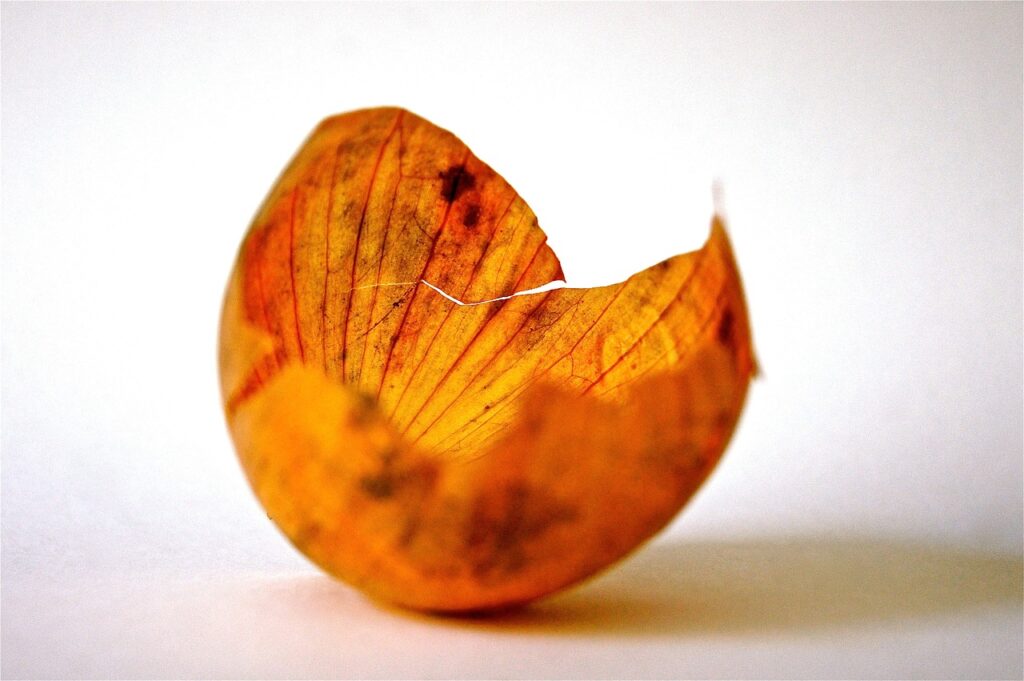
An onion’s easy peeling, translucent skin is an easy subject to get your hands on, and it won’t involve tears. Under the microscope, the cells look very uniform because they contain a cell wall. If you stain your onion skin, you can also see the cell’s nucleus. An onion skin is a great microscope specimen if your kids are keen on science and are learning about cell structure.
6. Ear Wax

Ear wax can make an interesting specimen if you are happy to work with it. It is made up of dead skin cells and hair mixed with discharge from two glands. Lighter earwax is newer, while darker earwax has been sitting longer. Under the microscope, it can look multi-textured, almost like a cliff face or canyon with earthy tones.
7. Strand of Hair

Hair seems so fragile and flimsy, but it can look like tall tree trunks under the microscope. It’s an easy subject to acquire; grab a strand from your brush or compare hair textures and colors with some willing friends.
8. Leaf
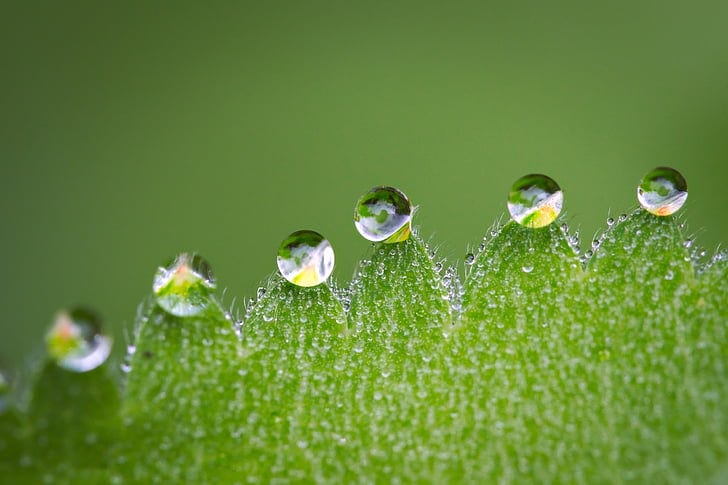
The intricacies of nature, especially zoomed in, can make beautiful artwork of symmetrical patterns and irregular shapes. Any leaf under the microscope will look like fascinating abstract art. The veins look like mysterious pathways, sometimes like the roots of trees. For a real wow moment, try looking at squash leaves and see if you can spot the cute mushroom-shaped trichomes.
9. Cactus Spines

While it may seem that catching your shirt or inflicting pain to your fingertips is their primary purpose, the aggressive-looking spines of a cactus have several purposes, such as protecting, providing shade, and collecting water from fog. Their form can be curved, straight, flat, or round, but under the microscope, they can look similar to porcupine quills.
10. Beach Sand
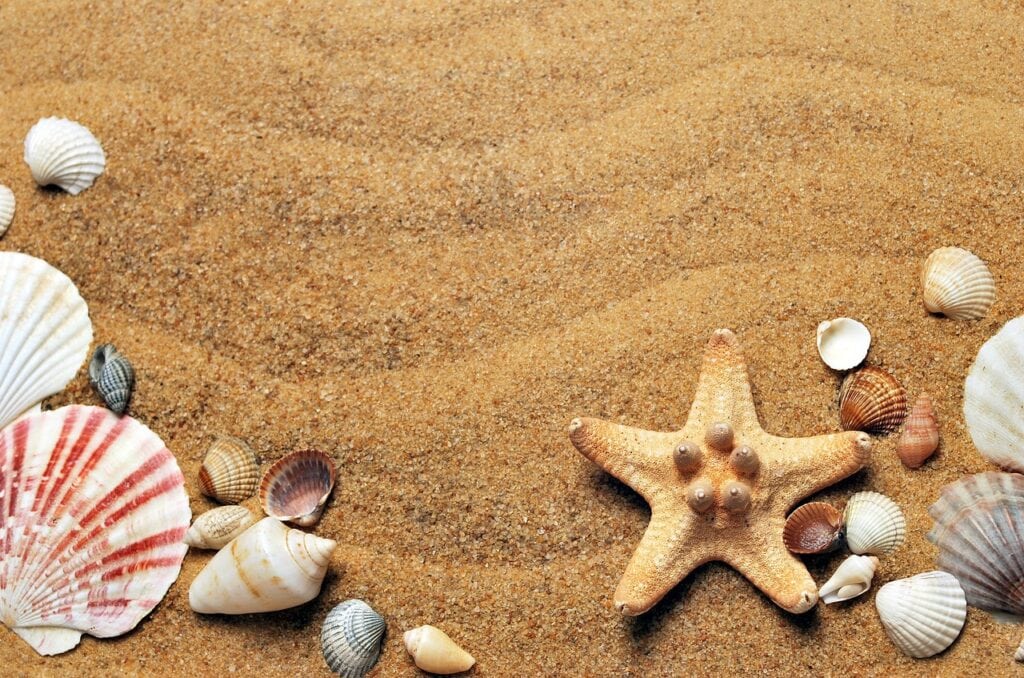
It’s unassuming, but beach sand is probably one of the most fascinating things you will see under a microscope. To the naked eye, it looks nothing more than sand, but under the microscope, it’s a kaleidoscope of magnificent shapes, colors, and textures.
11. Tooth plaque

Plaque is caused by build-up on the teeth from old food debris and bacteria. It can eventually harden, becoming tartar which can lead to gum disease. If that doesn’t unsettle you enough, have a peek at your tooth plaque under the microscope, and that should get you into a regular brushing and flossing routine.
12. Pond Water

Looking at pond water under the microscope can feel like exploring a mini jungle. There are so many fascinating microorganisms that will keep you intrigued for hours. Pond water contains both animal-like and plant-like microorganisms. The symmetry, shapes, and patterns of pond microorganisms are remarkable.
13. Mushroom Spores

To obtain mushroom spores, cut off the cap and gently place it gill side down on a piece of paper or directly on your slide. While you are there, take a moment to appreciate the magnificent print it creates. Under the microscope, spores appear as tiny specks or seeds, but spores can look like dirt from the forest floor to the naked eye.
14. Mushroom Gills
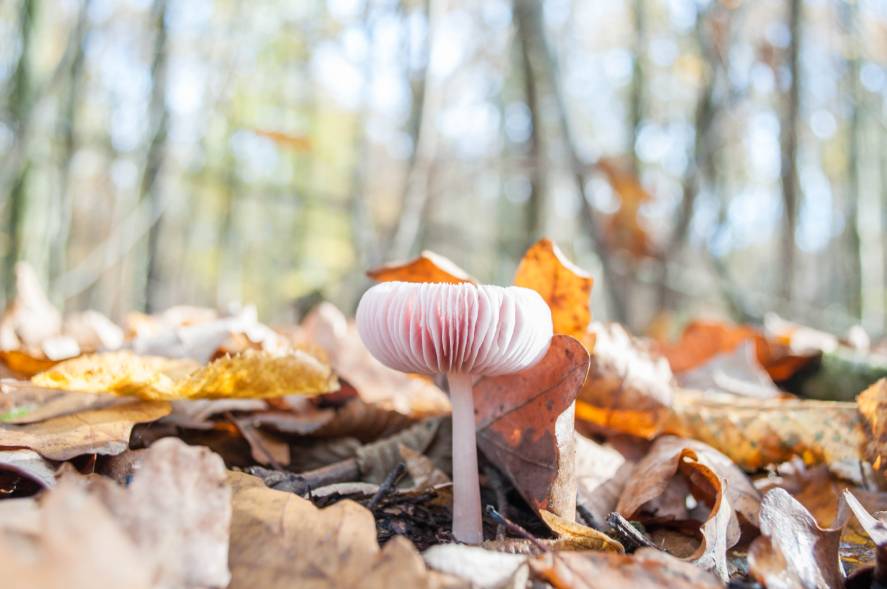
The gills of a mushroom are what house and disperse the spores, give structure to the cap of the mushroom, and are used to identify different species. At normal size, mushroom gills are so interesting and almost the best-looking part of the mushroom. Under the microscope, they look like a mass of secret corridors made from fabric folds.
15. Fingernail Clippings

If you are a chronic nail-biter, this one is for you. Your nail-biting days will cease to exist after examining your clippings up close. A nail clipping can look fascinating under a microscope, similar to a small shard of serrated glass.
16. Peacock Feather

They are a delight to look at when a peacock’s tail fans open, and if you are lucky enough to find one on the ground, it’s usually something you can take home with you. The combination of colors is mesmerizing, and its patterns are gorgeous.
17. Breast milk vs Formula
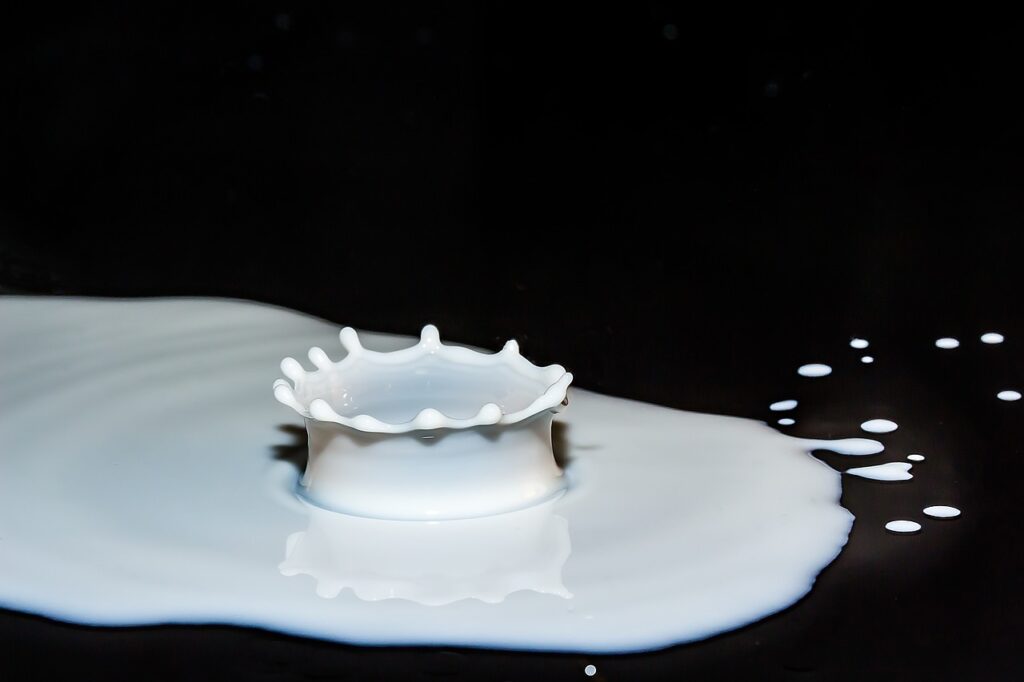
Human milk will look alive, and you will understand why it is commonly termed “liquid gold.” We just want to add a disclaimer that we know breastfeeding is not always an option, and the formula is an amazing alternative. It is interesting to see the difference between the two types under the microscope.
18. Fish Scales
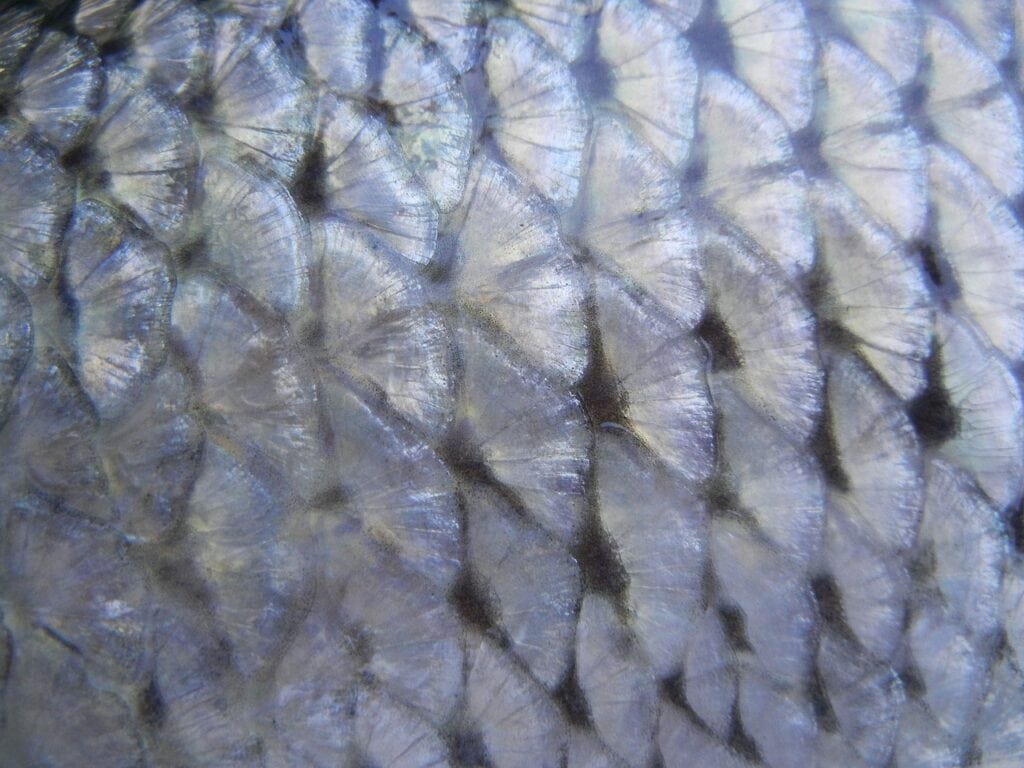
A fish’s overlapping, shiny scales are stunning, even to the naked eye. Their purpose is to protect the fish from predators and parasites and allow them to swim quickly through the water. When you look at fish scales under the microscope, you will notice growth rings that help identify the fish’s age and look a lot like a collage of human fingerprints.
19. Salt
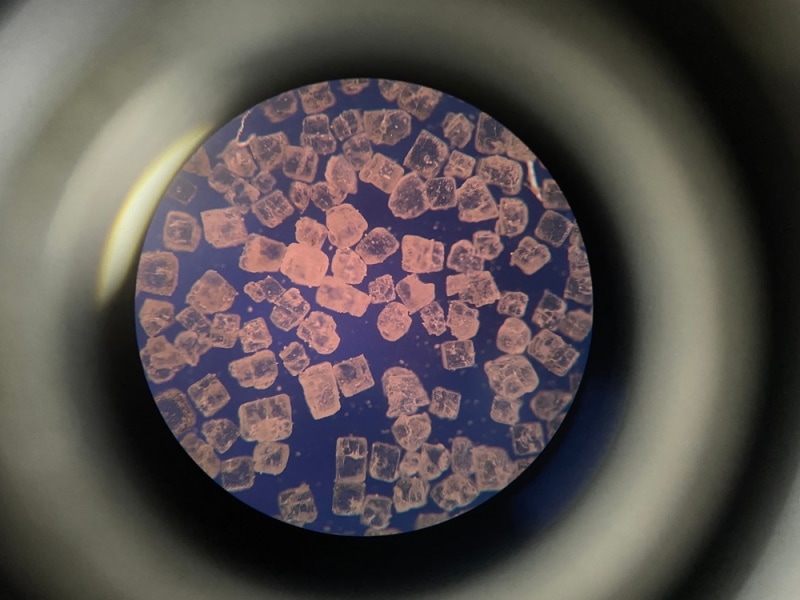
Salt is likely something you use every day and may seem like a bland specimen for a microscope, but the tiny little salt grains look like boulders when viewed under a microscope.
Dissolving the salt in water and then evaporating it changes the shape of the salt crystals, making them flatter and easier to see under a microscope.
20. Soap Bubbles
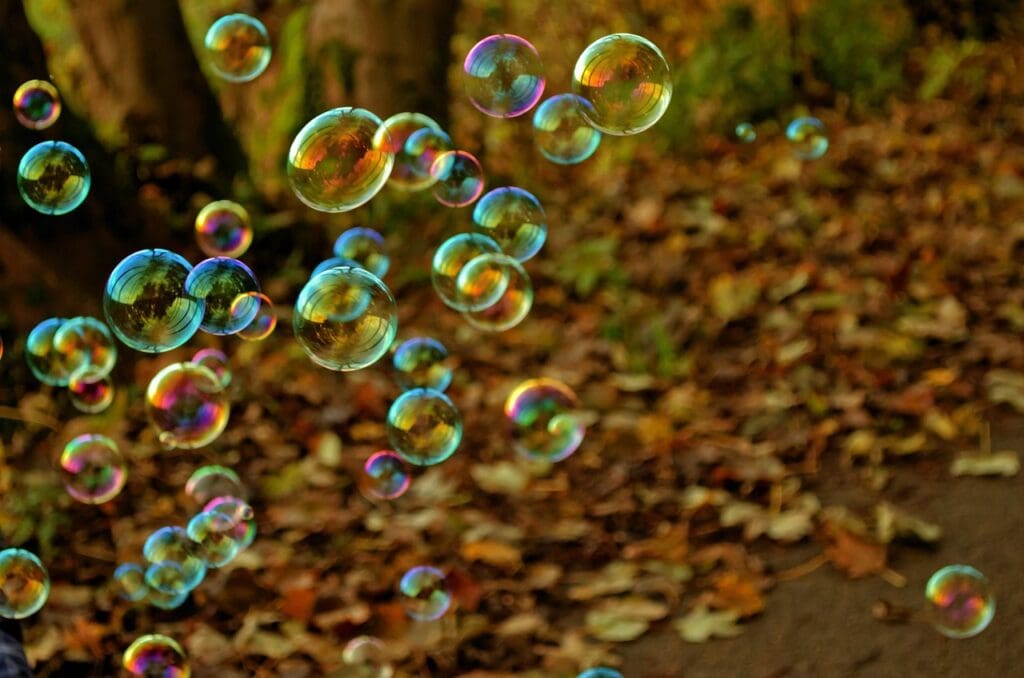
Prepare for a marbled work of art of iridescent colors when you put soap bubbles under a microscope. When white light reflects off a soap film, some colors become brighter while others fade away, giving it a somewhat psychedelic design.
21. Snow

Snow is fun and fascinating anytime you see it falling, but you don’t know snow until you have examined it through a microscope. If you feel miserable in the cold from the snow, looking at it from this perspective may help you grow a new appreciation for it.
Because the shape of a snowflake changes as it travels through the air, no two will ever be the same, and you will discover different shapes, sizes, and symmetry when zoomed in.
22. Insects

Insects under a microscope can be captivating and sometimes unnerving. You will see bugs in a way you couldn’t imagine. We recommend finding insects that are already deceased since we don’t want to encourage harm to any living creature.
A low-power stereo microscope is typically best for viewing insects because it provides a 3D image.
23. Pencil Tip

You can’t get more mundane than a pencil, but did you know pencils are not made of lead? They are made from a mixture of graphite and clay. A graphite tip can be an interesting specimen to observe under a microscope.
24. Toothbrush Bristles
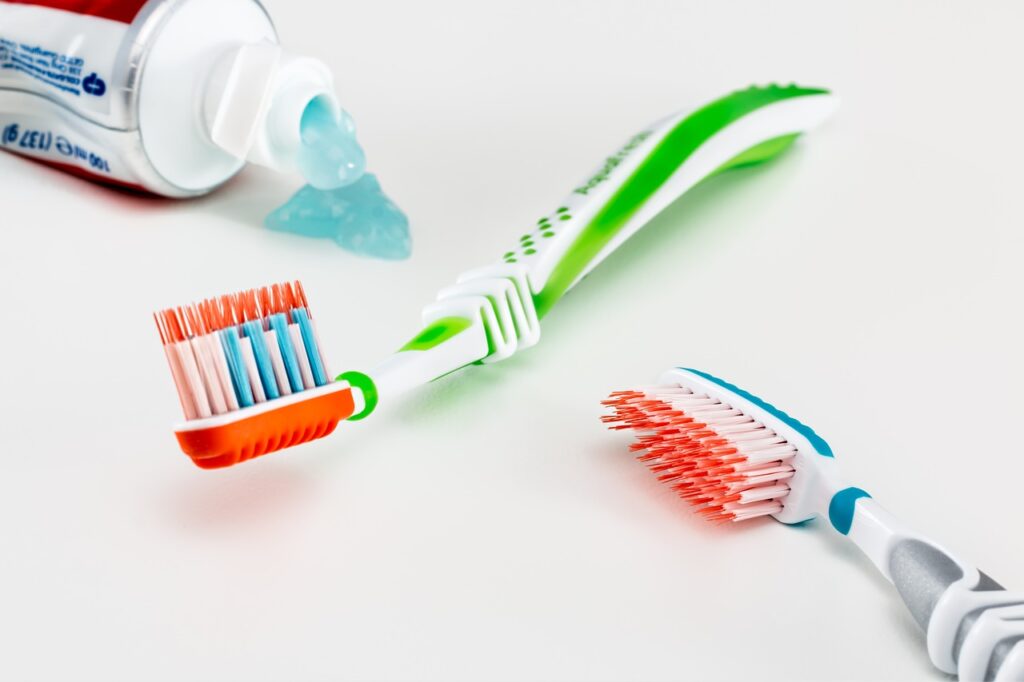
The flimsy bristles of a toothbrush can look tall and tough under a microscope. If you choose to use your existing toothbrush, be prepared to see some things you don’t want to see. Perhaps a brand-new toothbrush is ideal for viewing under a microscope.
25. Needle and Thread
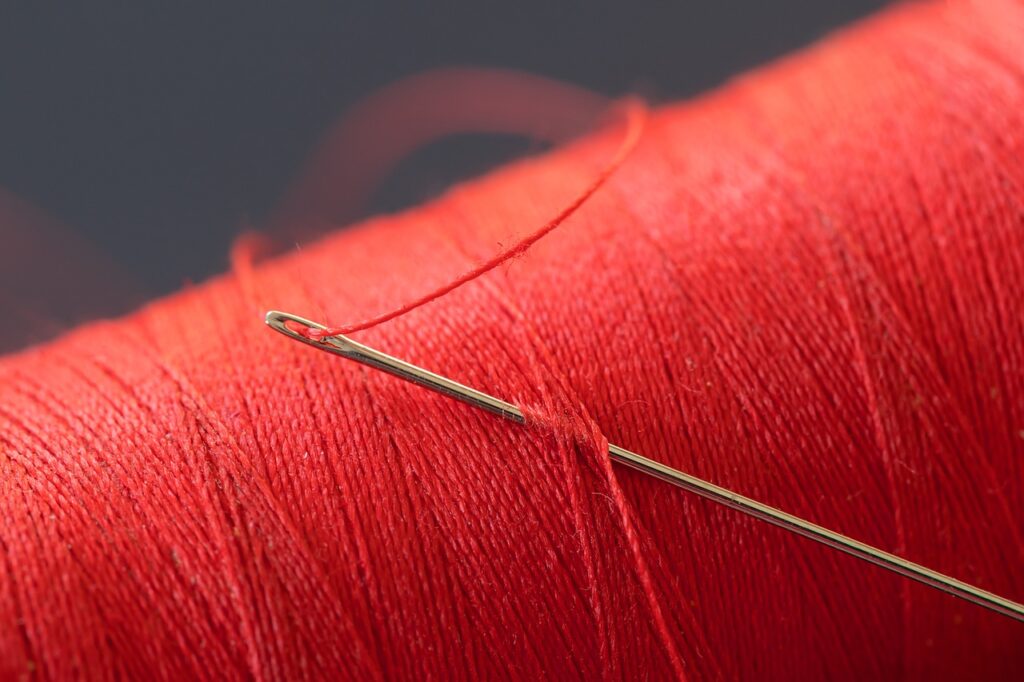
If you have ever sewed by hand, you understand the pain that can come with getting your cotton thread through the eye of the needle, but when you view it under a microscope, it will leave you believing that it is sorcery. It looks a lot easier closeup.

Final Thoughts
There are so many cool things to view under a microscope; once you have seen them close up, they will change your perspective forever. Cute bugs can seem more unnerving, beach sand becomes a newfound treasure, simple soap bubbles transform into art, and your fingertips will remind you of how much more there is to the scales of a fish. These are things we see and use on most days of our lives, so zoom in and admire the beauty and mystery in the mundane.
Featured Image Credit: Nikky Corthout, Shutterstock
Table of Contents
- The 25 Cool Things to Look at Under a Microscope
- 1. Cheek Cells
- 2. Eggshell Membrane
- 3. Pollen
- 4. Mold
- 5. Onion Skin
- 6. Ear Wax
- 7. Strand of Hair
- 8. Leaf
- 9. Cactus Spines
- 10. Beach Sand
- 11. Tooth plaque
- 12. Pond Water
- 13. Mushroom Spores
- 14. Mushroom Gills
- 15. Fingernail Clippings
- 16. Peacock Feather
- 17. Breast milk vs Formula
- 18. Fish Scales
- 19. Salt
- 20. Soap Bubbles
- 21. Snow
- 22. Insects
- 23. Pencil Tip
- 24. Toothbrush Bristles
- 25. Needle and Thread
- Final Thoughts
About the Author Robert Sparks
Robert’s obsession with all things optical started early in life, when his optician father would bring home prototypes for Robert to play with. Nowadays, Robert is dedicated to helping others find the right optics for their needs. His hobbies include astronomy, astrophysics, and model building. Originally from Newark, NJ, he resides in Santa Fe, New Mexico, where the nighttime skies are filled with glittering stars.
Related Articles:
Monocular vs Telescope: Differences Explained (With Pictures)
How to Clean a Refractor Telescope: Step-by-Step Guide
How to Clean a Telescope Eyepiece: Step-by-Step Guide
How to Clean a Rifle Scope: 8 Expert Tips
What Is a Monocular Used For? 8 Common Functions
How to Clean a Telescope Mirror: 8 Expert Tips
Brightfield vs Phase Contrast Microscopy: The Differences Explained
SkyCamHD Drone Review: Pros, Cons, FAQ, & Verdict
